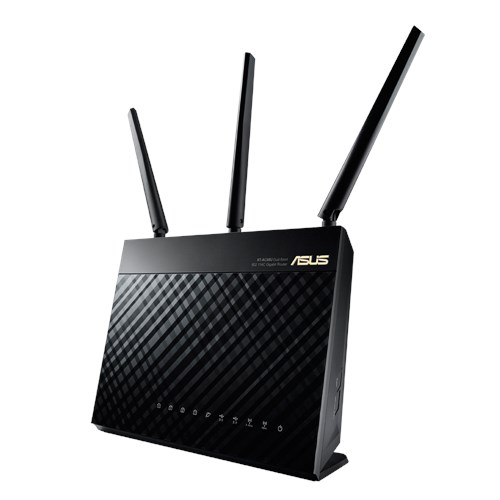

- SMALL BUSINESS ROUTERS 2018 INSTALL
- SMALL BUSINESS ROUTERS 2018 UPDATE
- SMALL BUSINESS ROUTERS 2018 CODE
Of all the wireless security tips for the workplace we're about to discuss, two stand out as the most important - the need to install the most recent version of your router's firmware and to use strong network passwords.
SMALL BUSINESS ROUTERS 2018 UPDATE
While many routers do have auto update features, the only way to ensure the feature is on is to check your wireless router settings. Others are aware of the need for wireless router security, but wrongly assume their firmware is set to automatically update. And as in the case with the out-of-country hackers mentioned in the Symantec report, many people don't hear about even serious, widespread hacking campaigns. In many cases, the user only remembers to update firmware after a major and well-publicized hack occurs, which may be too late to avoid compromising security.

Few people take the time to update routers for the best Wi-Fi security. And it is here that human nature comes into play.
SMALL BUSINESS ROUTERS 2018 CODE
Each individual piece of open source code may have its own security vulnerabilities, which it passes on to the completed firmware.įixing such liabilities is the responsibility of the manufacturers, who routinely release security patches and firmware updates. Firmware is often written using code from open source libraries. If for no other reason, the fact routers usually run 24/7 makes them popular targets. Several factors combine to make routers a popular hacking target. Why is wireless router security susceptible to hacks? Once they had access to the network, the hackers could steal user data and passwords, shut down network traffic, steal bandwidth, and turn devices into botnet slaves. The hackers infiltrated tens of thousands of home and office routers. In the same report, Symantec noted that in May 2018, the FBI warned the public of a concentrated campaign against wireless router security by out-of-country hackers. Symantec's annual internet security report found a 600 percent increase in IoT attacks in 2017, with routers accounting for 33.6 percent of such attacks. Many IoT (Internet of Things) devices lack the security necessary to protect themselves, and hackers know this. Any device connected to the network is vulnerable, including baby monitor cameras, security systems, printers, DVRs, smart appliances-even smart light bulbs. That doesn't just mean laptops, computers, and smartphones.

Routers make very tempting targets to hackers, as access to the router offers access to every device on the network. Out of 186 routers, only 31 (seventeen percent) had no vulnerabilities in their firmware. Each of the 155 routers had an average of 12 critical and 26 high-risk vulnerabilities - the most serious categories of security issues. That comes out as an average of 186 security vulnerabilities per router. The results were staggering - and really alarming for anyone who needs strong wireless fidelity router security (spoiler alert - that's anyone with a Wi-Fi network).Ī total of 32,003 known security vulnerabilities were found in the firmware of 155 of the routers (83 percent of the routers examined). The study analyzed 186 small home / home office (SHHO) routers from fourteen different vendors, examining which firmware versions were installed while searching for known firmware security flaws. If you think your workplace has the best Wi-Fi security, you may want to check your wireless router security settings. are running out-of-date firmware with exploitable security vulnerabilities. According to the study, five out of every six routers in the U.S. Security Tips for the Workplace.Ī recent study of wifi router security by the American Consumer Institute Center for Citizen Research revealed some alarming news. Get tips for the best Wi-Fi security to ensure your workplace data stays secure. At work we average about 10 per client, but frequently have many people streaming video for calls.According to a Recent Study, Wireless Router Security in the Workplace is Lacking. I might go out with a few AP's do some tests and stream some videos(or similar expected bandwidth usage) and see how you fare. Wireless is always a fun one due to physics and radios being involved. Luckily the unifi AP's are affordable so you can scale to meet needs, but you should expect about 10 devices per AP if heavy usage is a concern(or at least this has been my experience). One thing I'd like to mention with the unifi AP's is that you'll want to run the controller software(or if this is an ongoing arangement for support get them a cloud key) as that will do the firmware updates on the AP's and give you the abillity to monitor performance. Like others have said the ubiquiti security gateway does not do web filtering, so I'd go PfSense over that if you don't mind setting it up, it's usually quite bulletproof after that. I highly reccomend ubiquiti AP's for the wireless side.


 0 kommentar(er)
0 kommentar(er)
